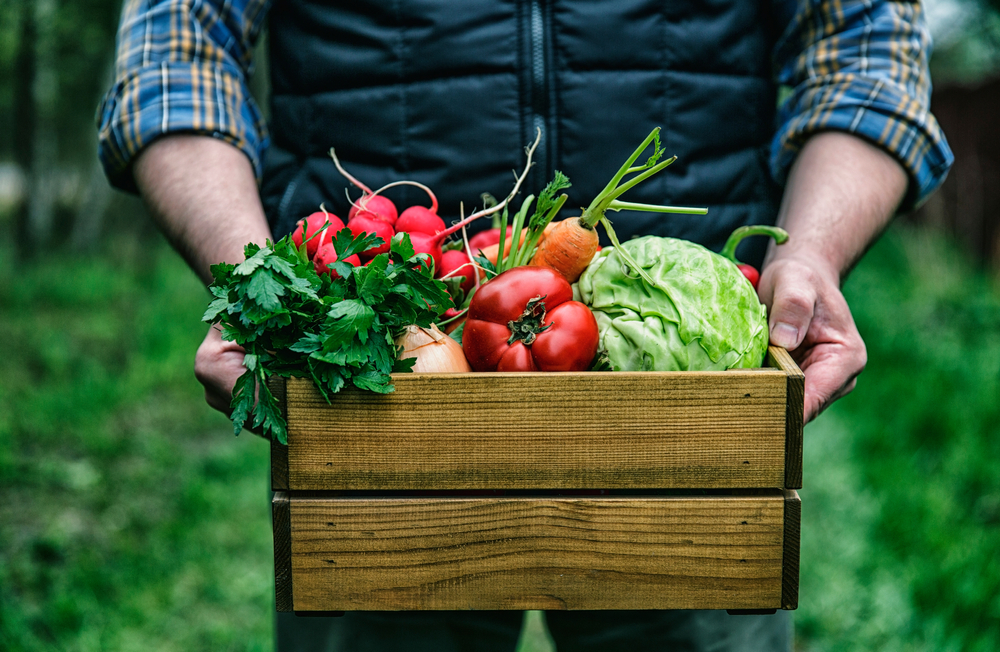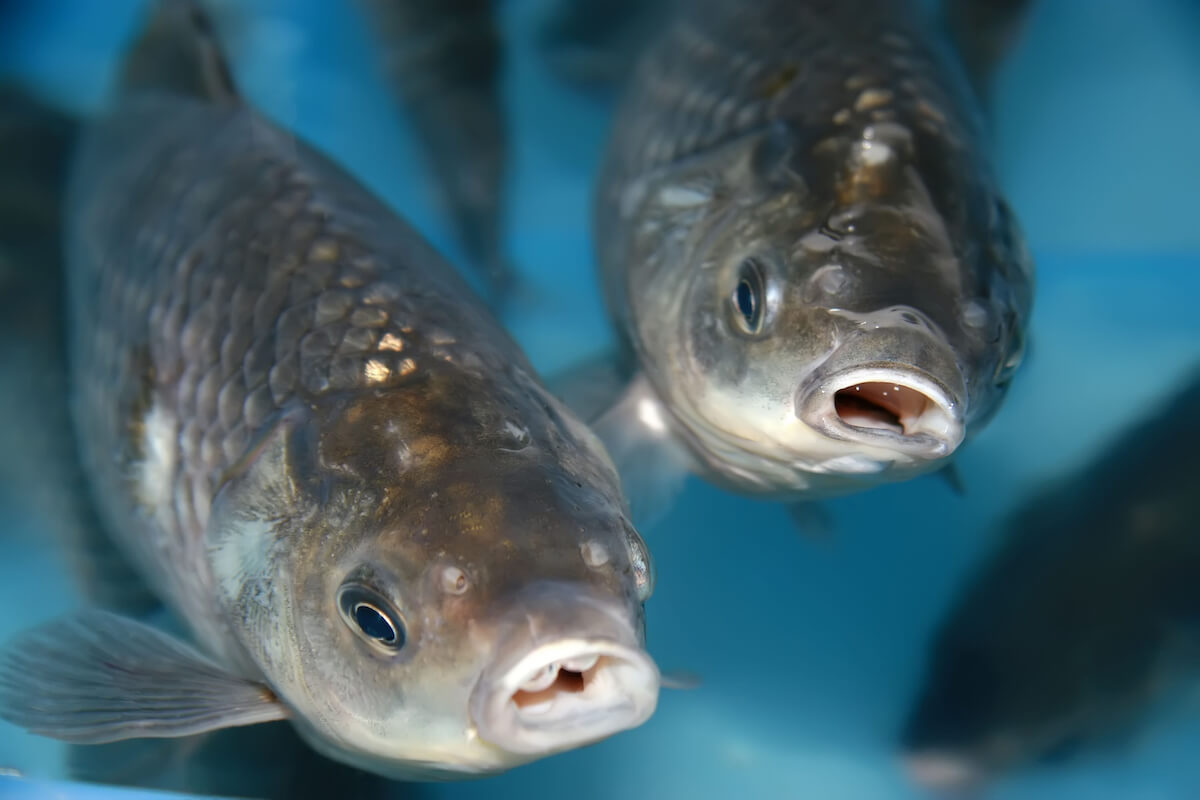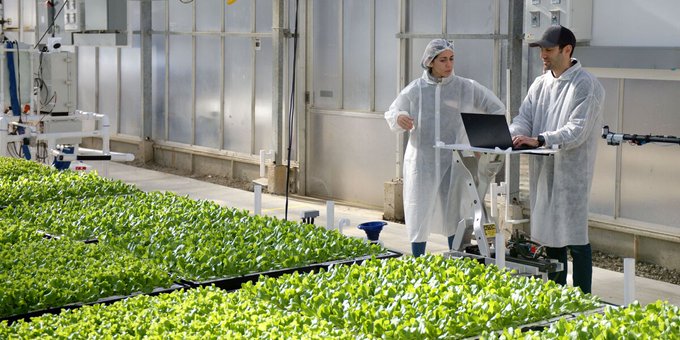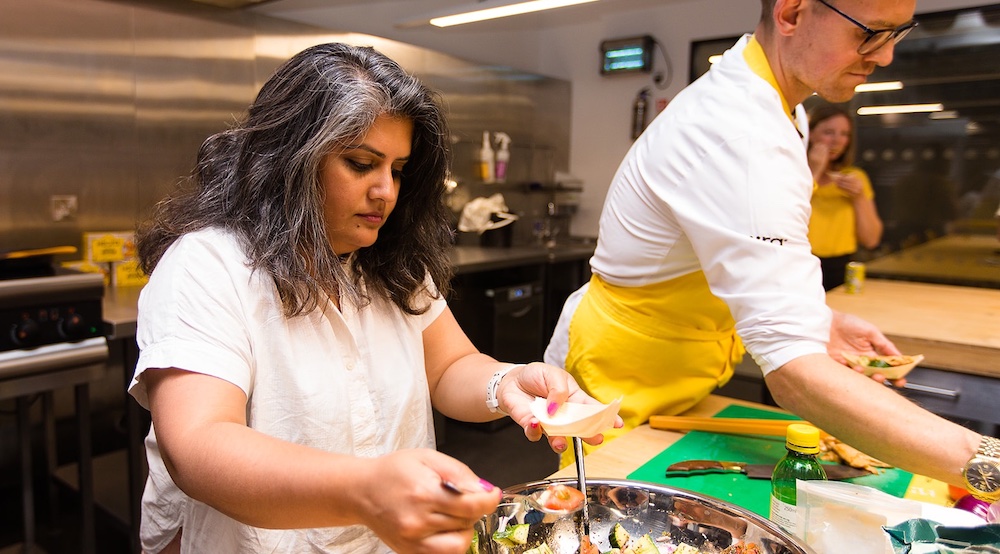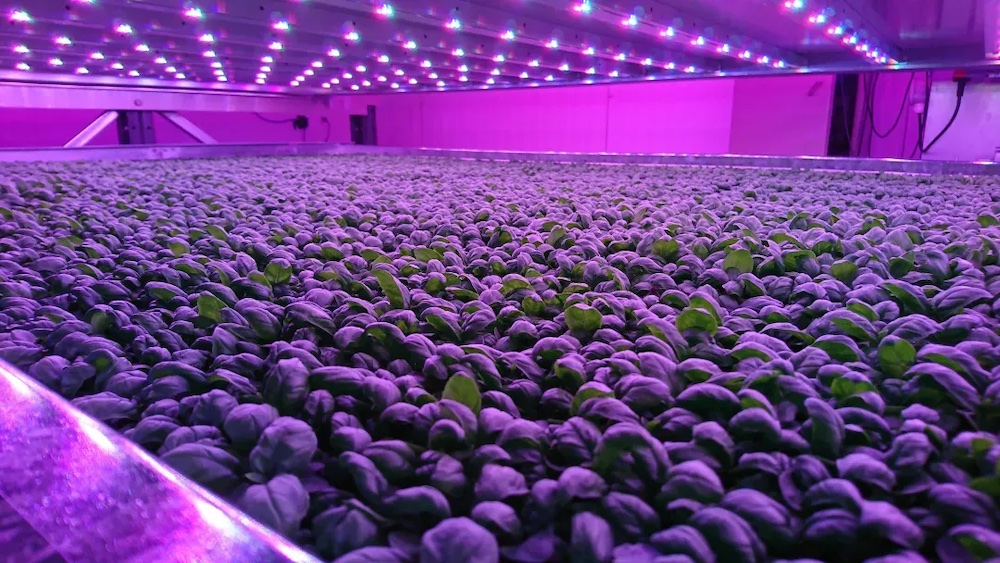Drivers of food price fluctuations such as climate change and labor shortages are also driving a wave of innovation in food waste solutions. Reducing food waste can lead to a sustainable, inclusive, and resilient food system – one that balances human needs and works for all of us. And we’re excited to see if this historic level of food waste investment can lead to that.
2021 saw great momentum in the fight against food waste, through increased funding and continued adoption of solutions, plus the ongoing development of new models and innovations. We expect this to continue in 2022 – even with some potential leveling off in parallel with the rest of the market. U.S. private food waste investment reached $4.8 billion in 2021 compared to $3.7 billion for 2020 (30% growth), in the context of a lot of capital generally available. By comparison, startups in the U.S. raised about $300 billion last year, an increase of ~100% from 2020. Elevated levels of capital contributed to more deals and higher valuations in food waste, too, but we still see room to grow given that the sector has experienced moderate growth compared to global venture capital.
ReFED estimates that there is a $14B annual funding need to develop and implement solutions to reach the national goal of cutting food waste in half by 2030 – and that’s only a small portion of the approximately $2 to $4 trillion finance gap for all climate change mitigation and adaptation solutions. These are head-spinning numbers, but we need the scale to motivate – rather than intimidate – us.
Importantly, food waste has established itself as an emerging business category driven by a growing focus on climate change, concerns about supply chain disruptions (which are leading to higher costs), and validation from food waste success stories. For all these reasons, we remain excited about the opportunities that 2022 will bring.
Demand drivers
Looking ahead, we expect food waste as a category to experience the same potential leveling off as the rest of the market, given powerful global trends. We can’t expect the same level of growth of investment into food waste solutions as we saw in an environment of possibly peak venture capital and private equity. With the U.S. broadly expecting the economy to weaken, we are likely in the later innings of the business cycle, and any pandemic recovery tailwinds have already materialized.
However, the food waste management market is still being estimated to grow steadily at a CAGR of about 6% – which ReFED is interpreting as the conservative case, capturing only the growth of established businesses in the space. Investment into food systems should continue despite a recessionary environment. From retailers to grocers, many are recognizing that curbing food waste is good for both the planet and business. Climate change-driven impacts will continue to pressure businesses, as food input prices risk increasing due to fluctuating growing conditions, water scarcity, and other extreme weather events (on top of pandemic-driven price increases).
More big businesses are setting explicit food waste reduction sustainability targets – these include Smithfield Foods, which recently pledged to cut its food loss in half by 2030. Additionally, within the supply chain, the Great Resignation has led to labor shortages, particularly in jobs with lower wages and poor working conditions. These are the areas of the food system where we may expect automation to come into play further, which could provide momentum to tech-enabled food waste solutions, like those that help reduce waste in production by performing precise, repetitive functions.
Subsectors to watch
In 2020 and 2021, we saw edible coatings and imperfect produce raise sizable funding rounds, which should last them a year or so. This year, we expect many upcycling organizations to fundraise in the early stage. Others we expect to be fundraising this year are cold chain management, alternative sales channels, markdown alert applications, and recycling/insect farming companies.
Almost every week, we hear about scientists and entrepreneurs figuring out new ways to convert underused inputs into something marketable in an upcycled capacity. In this space, we see a series of experiments, and while some will inevitably fail, each step is bringing us closer to a set of established brands and processes that are both viable and mainstream. This parallels how we are trying to solve the broader food waste challenge – with a range of solutions being developed and tested, and then either scaling or going back to the drawing board.
The added benefit of these new upcycled brands is that they are educating the market (big shout out to the Upcycled Food Association here). Exciting examples of young byproduct and waste conversion companies right now are Rebundle, which is using banana plant fiber to make non-plastic hair extensions, and Capro-X, which is converting acid whey (a byproduct of greek yogurt production, which uses a process that wastes ⅔ of milk inputs) into chemicals and biofuel. The continued development of the upcycling subsector should also provide momentum for marketplaces that source inputs for upcycling companies – for example, Full Harvest, which sources imperfect and surplus produce, raised a Series B late last year. Life cycle assessments will be very compelling for the space, as they can further validate that an upcycled product is better than the alternative from a waste and emissions standpoint.
Market expansion
We’re starting to see food waste organizations broaden their offerings to make their products stickier and generate more revenue. Ganaz started off as a labor matching service for agricultural workers (preventing food waste by staffing farms for harvest) but has expanded to become a “people management platform” featuring training, financial tools, and more. Similarly, both Imperfect Foods and Misfits Market have now transformed into online grocers after sprouting from food waste prevention roots. Far from being a criticism, we see this trend as a harbinger that food waste organizations may eventually evolve into organizations with broad food mandates that have waste prevention and reduction built into their DNA as best operating practices.
Heightened accountability
As the food waste reduction space continues to gain credibility, we will also encounter the risk of entrants taking advantage of its halo without actually delivering food waste reductions, which would negatively impact the sector’s image. Our view is that the market will correct for these transgressions, in particular with environmentally-minded consumers being much more discerning (Gen Z in particular) and having more access to sustainability information.
Alejandro Enamorado is capital and innovation manager at ReFED.






